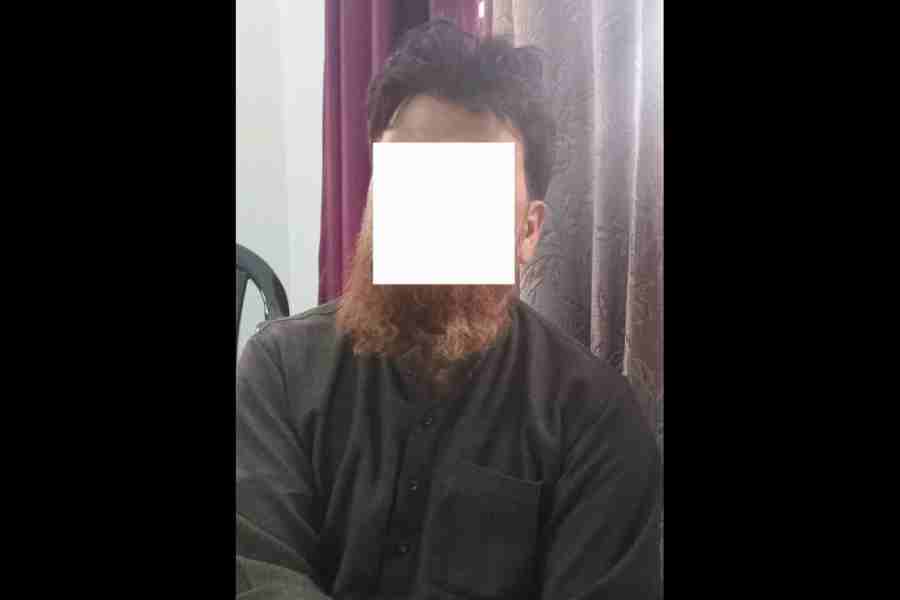Had it not been for the luminosity of her paintings and the trappings of Zoroastrian mythology in many of them, Katayun Saklat’s works could have been described as morbid because of the intimations of death in many of them. In her latest exhibition titled Life of the Parsees at Ahuja Museum for Arts, Saklat created surfaces that glowed like light, even though the portraits she painted were often of vulnerable people whose visages were scarred by time. Occasionally, she confronted viewers with the grim realities of death. That has a shock value. It is an effect that lasts long after the initial jolt has lost its punch. This is not surprising for the minuscule community that she belongs to and depicts in this exhibition is ageing and shrinking fast. And Saklat is a stained glass artist which accounts for the lambency.
Saklat’s The Family Portrait is a shimmering vision of three seated women in gauzy garas holding a pose, as it were, along with their children, waiting for the photographer to expose the film. A shaft of light bathes them in an effulgence that turns them into ethereal beings. Looming behind them is a bearded figure, further establishing their Zoroastrian identity. This oil painting has the brilliance of a stained glass window.
The mixed media work, 3 Priests Conversation, is equally radiant. Three bearded men in white vestments and caps are deeply engaged in a dialogue. They gesticulate with their hands as if they are trying to make a point. Hovering above the group of priests is a winged urn and a fire is burning inside it. Fire is sacred to the Zoroastrians; they worship it. On either side of the urn are the beneficent spirit — white as the driven snow — and the horned, evil spirit, respectively.
Saklat’s most powerful work — more so because of its simplicity — is her watercolour, Cousin Homai (picture). It’s an unflinching look at a woman who knows her end is nigh. She accepts the verdict without a murmur.










